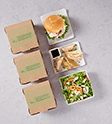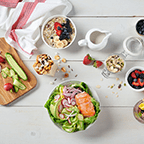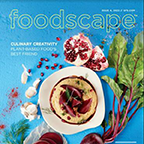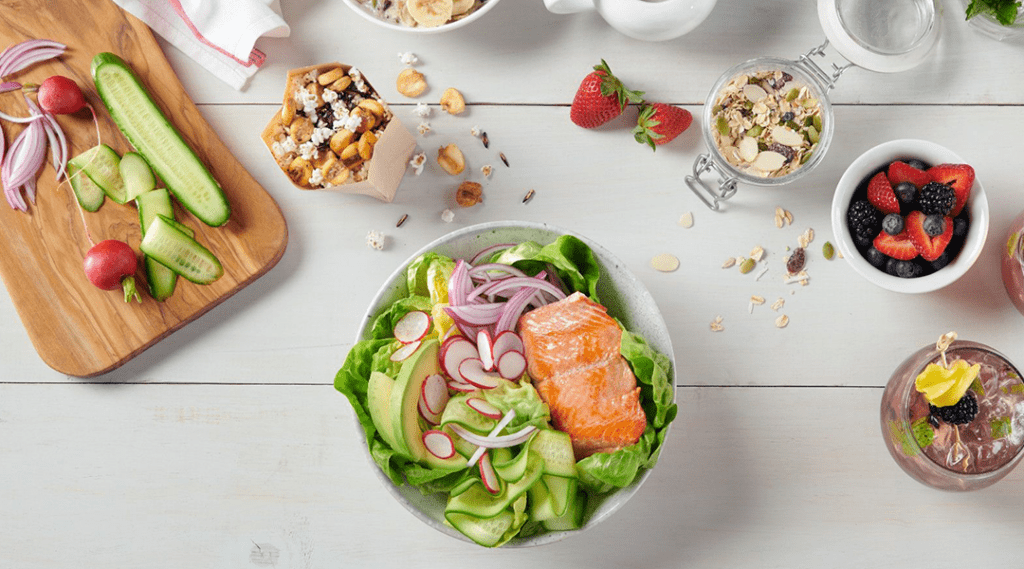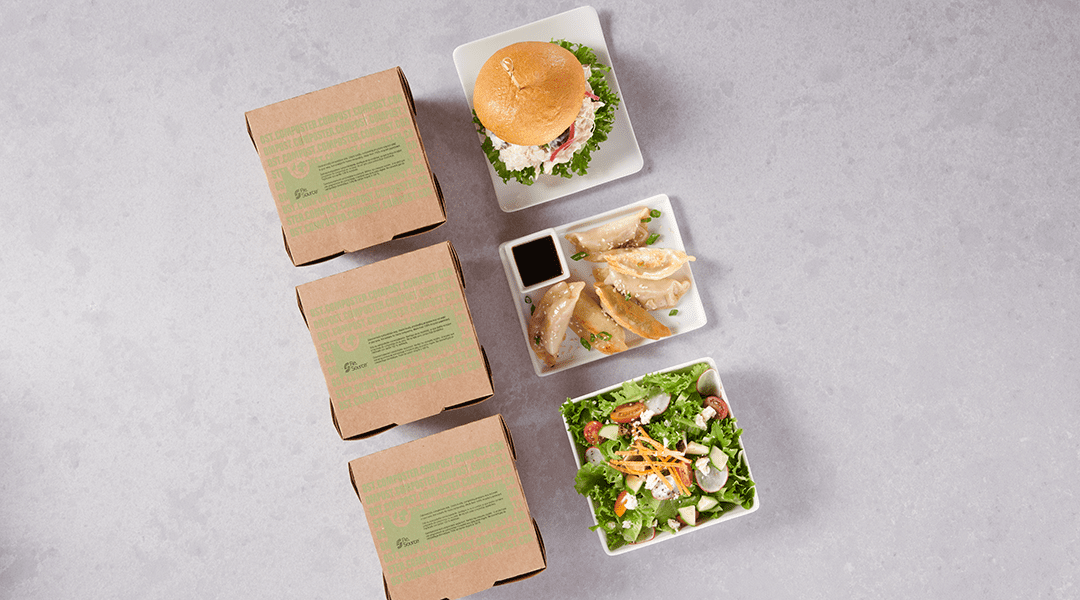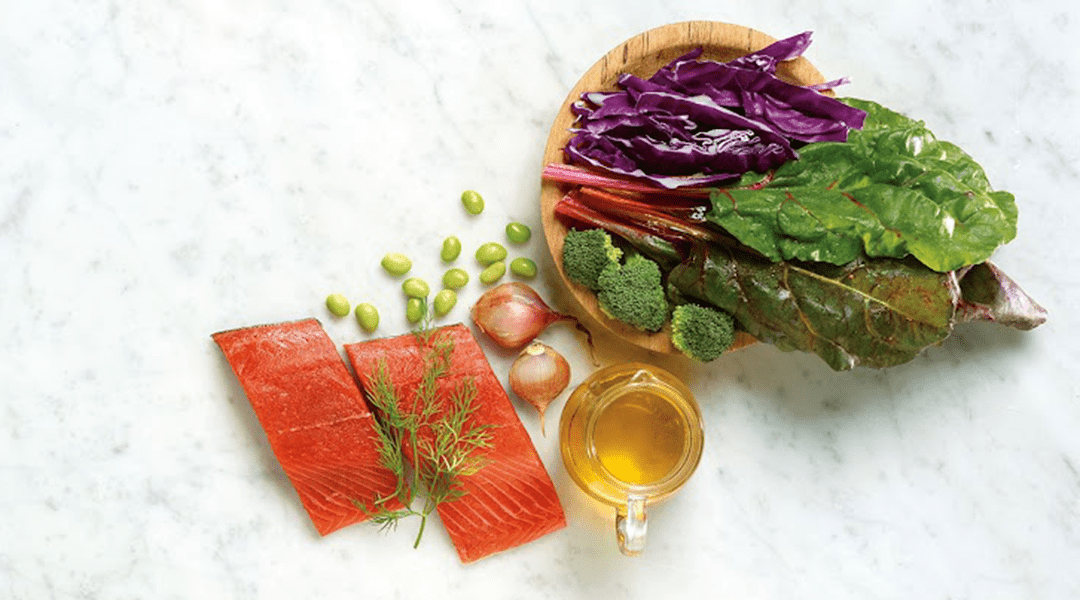Belt-tightening and watching every dollar are more than New Year’s resolutions. They are a way of life for school food service directors. Budget pressure is real, and some of it is beyond your control, such as fewer available dollars, labor, and food-cost changes or regulatory impacts. Solutions to ease these and other budget pressures may lie in examining your buying practices.
With bid season coming up quickly, this is the ideal time to examine your SKUs and consider ways to combine items and optimize your bid. Group-purchasing organization (GPO) representatives and school food service directors have a number of money-saving procurement ideas. Your Gordon Food Service Customer Development Specialist also is prepared to suggest ideas that reduce ordering costs and provide efficiencies with food storage, menu preparation, and waste reduction. Here are four points to consider:
1. Take a gradual approach
There’s a big difference between having a hunting list with thousands of items and a specific shopping list that meets compliance and menu needs, says Kevin Crampton. He’s the Vice President of Business Development and Contracting at HPS, a Michigan-based, member-owned GPO that serves more than 3,000 organizations in nine states.
“Having a smaller number of products in your order means you increase the potential to order individual items in bigger volume, making them cheaper,” he says. “It helps the distributor with their planning, costing, storage, and other behind-the-scenes factors that save the schools money.”
Just don’t be too quick to combine everything. Crampton suggests anytime you can go from three separate products to one, it’s probably worth it.
With thousands of different food items to consider, it pays to be careful which items to combine. Chris Reed, Director of Business Development for META Solutions in Ohio, recommends schools start by bidding out high-volume items first.
“The goal is to slowly reduce the amount of different food items districts purchase,” he says. “When a distributor is holding a slot for a low-volume item, then storage cost and liquidation costs affect large-volume items.”
2. Focus on simplicity
Candace Hagar, the Director of Nutrition Services at Fort Wayne Community Schools in Indiana, notes that fewer individual products mean fewer items to track and fewer variables in the preparation and serving process.
“Ultimately, this cuts down on mistakes in the kitchen,” she says. “If you use the same food item in many different recipes, it saves money on ordering, on delivery, on storage, and on kitchen staffing.”
Meatballs, Hagar says, are a good example of simplicity. Her 30,000-student district, which serves 7 to 8 million breakfasts and lunches a year, orders only ½-ounce meatballs. They get used with meatball sandwiches, soup, Swedish meatballs with mashed potatoes, and a number of other recipes. Because only one size meatball is used in many recipes, the district is able to leverage buying power when ordering, simplify preparation, and standardize the packaging and shipping from the central kitchen to the district’s schools.
3. Resist the urge to play favorites
The menu can be a delicate subject. Every food service director has a particular ingredient that works well. Data may show that when it’s pizza day, more students buy lunch. This makes it hard to change course. But there are ways to make changes without sacrificing menu favorites.
Stephanie Zinger, the Fiscal Agent and Nutrition Director of the Southwestern Ohio Educational Purchasing Council warns schools not to get hung up on getting a great price on a case of cilantro when the only place it’s used is for a cilantro-lime rice dish. It’s smarter, Zinger says, to note which chicken, french fries, and pizza products you can cross-utilize and limit the number of different types and sizes on those high-volume products.
“That’s where the savings really add up,” she says. “Instead of 100 pizza SKUs, get together with those in your purchasing group and reduce it to 15—everyone gets what they want and everyone benefits from a lower price based on the volume of the order.”
At HPS, Crampton takes this approach a step further, reducing items at the GPO level. Rather than source similar products from competing manufacturers, Crampton looks for opportunities to buy from a single source. For some schools, this might mean giving up a certain brand-name product. But for schools that can find a suitable replacement, there are advantages.
“If we have a contract with one manufacturer, they get good data for forecasting and schools get a good price because there is a lot of business to be won,” Crampton says. “At the same time, schools can count on inventory management and consistent flavor profiles for the foods they buy.”
4. Think in terms of cross-utilization
As a former school food service director, Zinger knows the importance of both reducing the number of items and cross-utilizing foods. Focusing on foods that have tons of menu capability and a really good price are great ways to control costs.
“I like to look at products I can use across the board,” she says. “It streamlines inventory and makes it easier on my staff from a menu and nutrition standpoint if I can serve the same chicken nugget everywhere—three on the elementary menu, four at the middle school, and five at the high school.”
Hagar agrees and is an advocate of cycle menus for reducing item count and promoting cross-utilization. She says cycle menus tell schools exactly how they’re going to distribute commodity dollars because they know exactly which items and how many servings will be needed each day.
“The menu drives much of what we do, and once you have that in place you can find other efficiencies,” Hagar says. “Reducing the number of products ordered is one of those efficiencies—it means fewer items sitting in a warehouse costing money and less food waste for your kitchen.”




